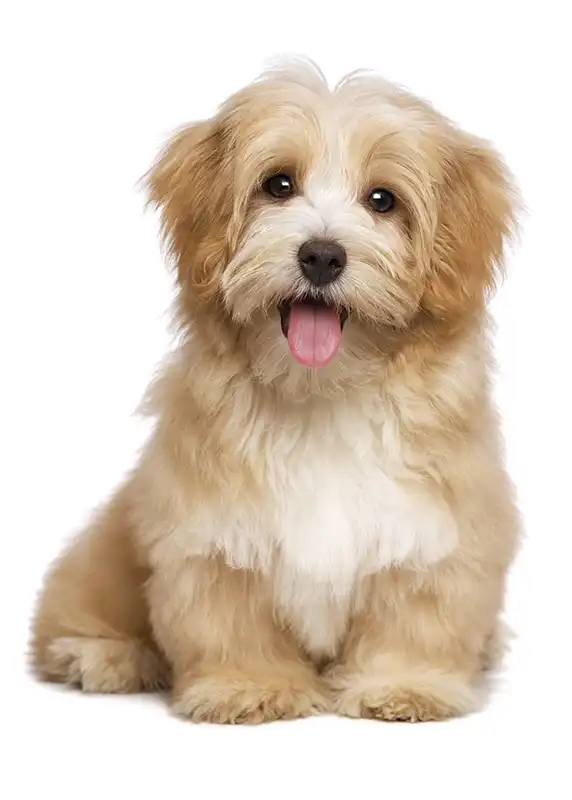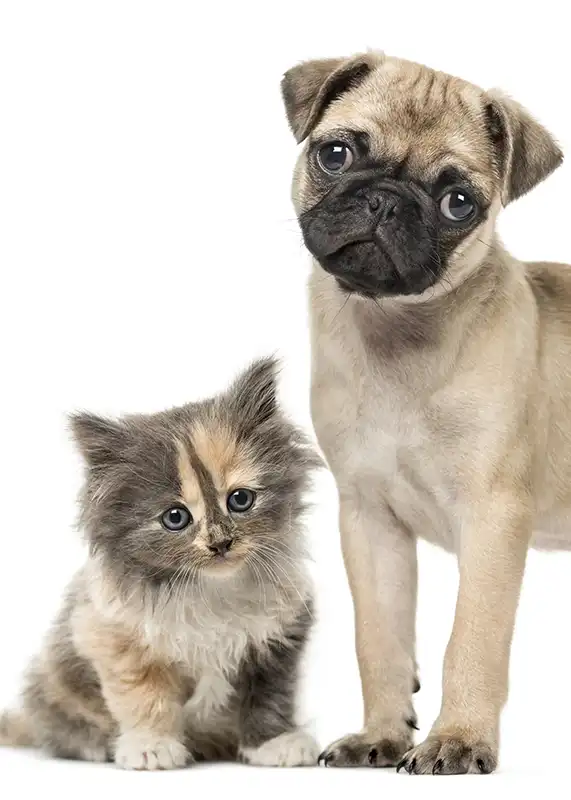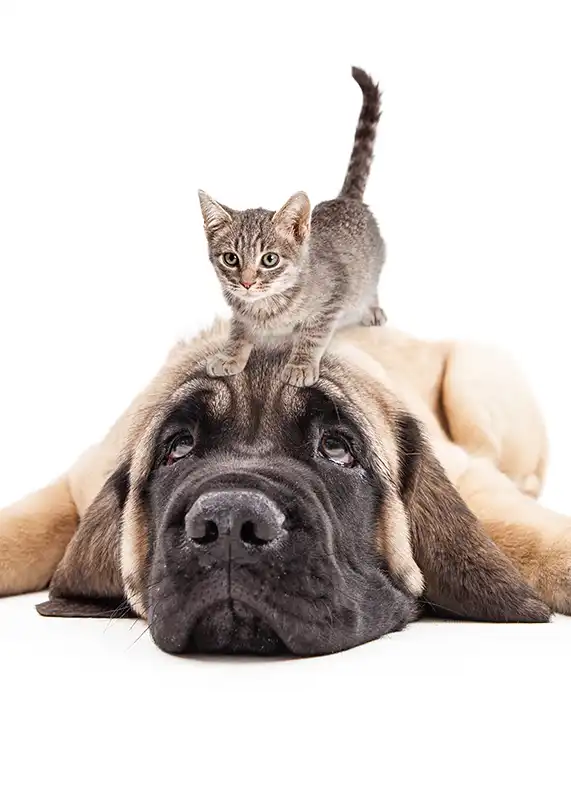Dental issues can be incredibly uncomfortable and troublesome for our furry friends, just as they are fo us humans. In fact, pets in a way have it worse here: they can’t schedule their own dental appointments or even effectively communicate their pain to us. It’s crucial for pet owners to pay attention and watch for any indications of oral health problems. A Nacogdoches, TX veterinarian shares valuable insights in this article, and provides some guidance on what to look out for.
What Dental Issues Affect Pets?
Animals can develop many of the same dental problems as people can. The most common dental issues we see in our furry friends are gum disease, abscesses, overcrowding, and misalignments. It’s also not uncommon for pets’ teeth to crack or even break. We often see this in dogs. Fido’s love of fetching sticks can backfire on him! Cats may also experience stomatitis and tooth resorption., while smaller pets, such as bunnies, are also susceptible to overgrowth and related issues.
Here are some of the things to be on the lookout for:
Your Pet’s Breath May Stink
Bad breath can be a sign of numerous health issues. However, it often goes hand in hand—or hand in paw—with dental issues. Even if your pet doesn’t have minty-fresh breath, their affectionate nose boops and smooches shouldn’t have you gagging.
Swelling On The Face/Head
Visible swelling is a significant warning sign. Not only does it serve as a clue that your pet is in pain, but it can also indicate that there is an infection. Any infection can be dangerous, but those right near the brain are particularly dangerous.
Bleeding From The Gums
Just as in humans, bleeding gums is also a sign of dental issues, and is often a sign of gum disease. You may not notice anything on your pet’s gums, but you might notice smears on their toys or dishes, or dark stains on his fur.
Unkempt Fur (Cats)
You can usually expect your cat to groom herself pretty well. Fluffy spends several hours a day keeping her fur soft and clean. If her mouth is hurting, this may interfere with her ability to do so. It is also common for cats that don’t feel well to neglect their beauty routines. As with people, when cats are ill, they often don’t feel like keeping up with their normal activities.
Changes in Eating Habits
It’s also important to keep an eye on how your furry friend is eating. We mentioned that a preference for softer food can be a warning sign, but that’s not the only one. Your furry friend might take longer to eat. your pet may even lose interest in food completely if their teeth are really hurting. This can be very dangerous, as it can then cause or contribute to many different health problems, including weight loss and malnutrition.
Sneezing
The occasional sneeze probably isn’t going to constitute a medical emergency, and can also be pretty cute. However, ongoing or frequent sneezing is a different story. Many dental problems can cause issues with the nasal passages or sinuses.
Heavy Drool
To be fair, some of our canine pals are heavy droolers by nature. If you have a Bloodhound, Boxer, Great Dane, Saint Bernard, Mastiff, Retriever, or Basset Hound, you can probably expect Fido to be, well, a little sloppy. However, stringy, ropy, or excessive drool is a warning sign … especially if your pet is not naturally slobbery.
Cats don’t usually drool, so if you see Fluffy dribbling, pay attention. This applies to smaller animals as well.
Dribbling/Dropping Food
While our four-legged friends aren’t necessarily the neatest eaters, they’re usually pretty good at getting food into their mouths. If your animal companion has dental problems, they may have difficulty chewing.
Showing Preference For Soft Foods
If you’ve ever had a toothache, you’ve probably noticed that it can make chewing certain things very difficult. That’s also true for pets. You might find Fido or Fluffy opting more for softer things, and/or ignoring their dry food. Your furry friend might also lose interest in hard snacks if they have a sore tooth.
Crankiness
Having a toothache isn’t fun for anyone. If you’ve ever had a bad one, well, let’s just say it probably didn’t do much for your mood. That is also true for pets. You may notice your pet suddenly does not seem like their usual self. They may act sullen, morose, or withdrawn. In severe cases, pets may even growl or snap if you touch their face or mouth.
Pawing At The Head Or Face
Your pet may paw at her mouth or face if their teeth hurt. This may be normal while Fluffy is grooming herself, of course. However, if it doesn’t seem related to her normal kitty beauty regime, dental issues could be to blame.
Lack Of Interest In Play
Pets often use their mouths when playing. Understandably, dental issues may hinder a dog’s ability to play Fetch or Tug O War. As for Fluffy, she may just not feel much like batting around a catnip mouse or chasing after that mysterious red dot that’s been eluding her for so long.
Tartar On Pet’s Teeth
The presence of visible tartar buildup is closely associated with gum disease. As with people, pets’ gum disease often starts with minor irritation of the gums. With good care, this condition can often be reversed at this point. Unfortunately, that does not often happen with pets. As the condition progresses, tartar builds up around the gumline, eventually causing pockets of infection. As a result, gum tissue and bone are lost.
This isn’t just about aesthetics. Gum disease is actually very dangerous. It is not just likely to result in tooth shift and loss, but it has also been linked to some very serious health conditions, like heart disease and liver and kidney problems. The infection can spread through the bloodstream, moving from pets’ mouths to their vital organs.
Reach out to your Nacogdoches, TX vet if your pet has noticeable brown or yellow gunk on their teeth. A deep cleaning may be needed. This will allow the gums to heal and reattach.
Avoiding Being Touched
Another thing to watch for would be if your pet suddenly starts to shy away from being touched on the head or face. This is especially concerning animals that usually enjoy getting their foreheads rubbed or their ears scratched.
Signs Of Dental Issues In Other Pets
We’ve mostly focused on dogs and cats, but dental issues can afflict many types of animals. The exact things to watch for will depend on the sort of pet you have, so do some research and find out what specific things to look out for.
That said, here are a few warning signs for smaller animals:
- Extra Teeth
- Undigested Food In Stools
- Abscesses
- Pain Vocalizations
Be sure to contact your Nacogdoches, TX animal clinic right away if you notice any of these.
Conclusion: Dental problems can be both very painful and very dangerous in pets. Keep a close eye out for warning signs. Ask your veterinarian for more specific information.
Feel free to contact us anytime if you notice any of these signs in your pet. As your Nacogdoches, TX animal hospital, we are more than happy to assist you.






